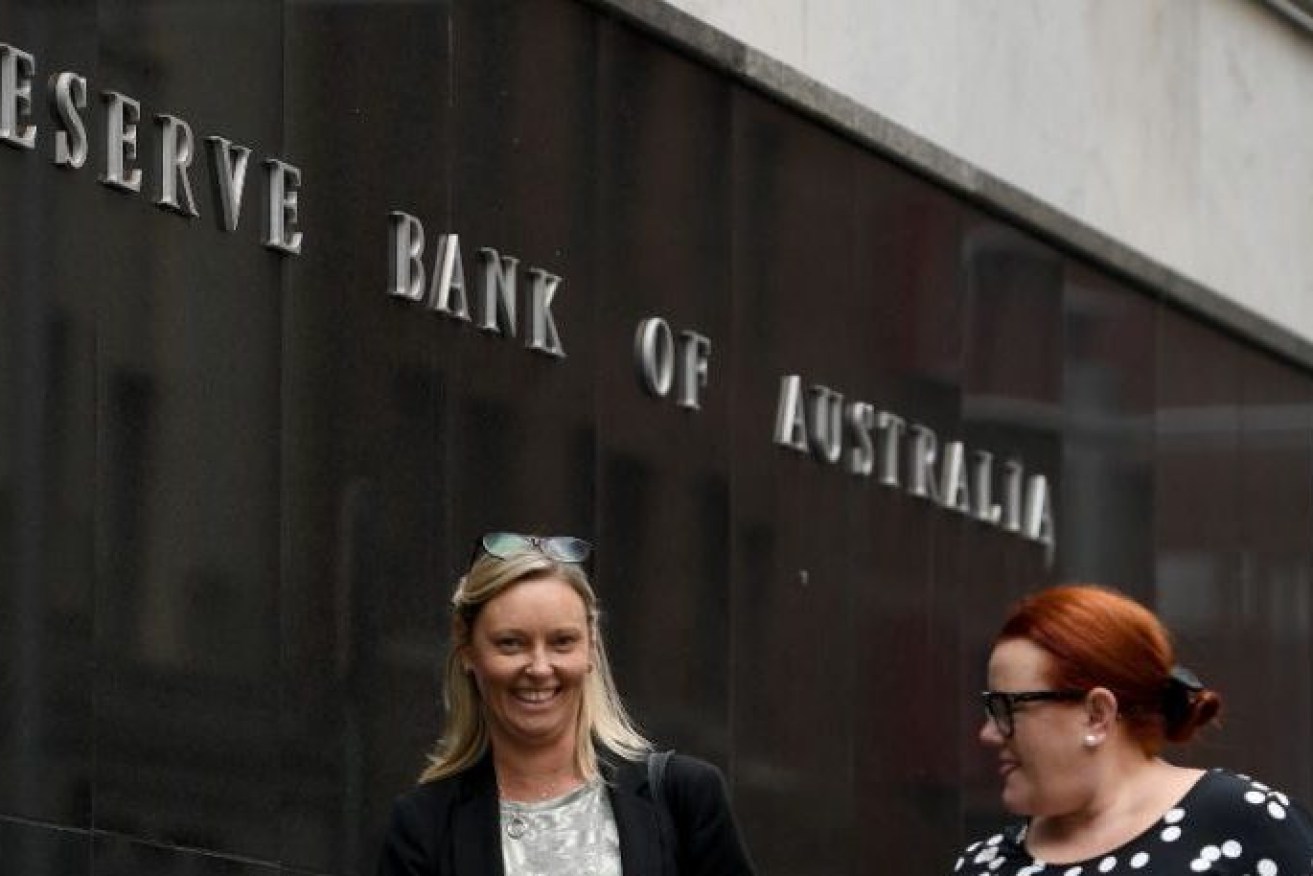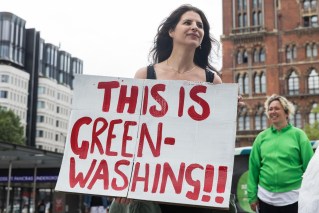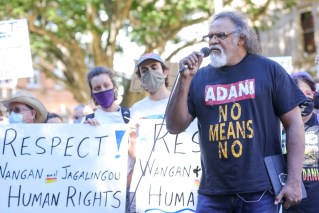Dragon not slain yet: More rate rises likely but Brisbane house prices still climbing
The Reserve Bank was unconvinced that inflation was defeated and economists are now worrying about additional interest rate hikes above those previously predicted.


Morgans has tipped three more rate hikes (pic: AAP)
Brisbane-based Morgans economist Michael Knox stands out as one of the most hawkish. He expects the Reserve Bank’s cash rate to get to 4.85 per cent, a similar level to one in the mining boom (4.75 per cent) and one that indicated another four rate hikes.
ANZ today pored over the RBA minutes of the last board meeting and found a plural where one wasn’t expected: “Further increases in interest rates may still be required, but this would depend on how the economy evolved.”
The ANZ said that raised the prospect that “rates may the prospect that rates may rise by more and/or earlier than we expect”.
“Easing remains a considerable time off,” the bank’s head of Australian economics Adam Boynton said.
It maintains its expectation of one more rate rise while the CBA maintains another rate hike would not occur if economic data was in line or weaker than forecasts.
While all this was going on, Brisbane people were out buying real estate.
CoreLogic’s house price data showed solid gains in the capital cities. Brisbane values jumped more than 1 per cent in the past four weeks. Sydney was up 4 per cent and Perth 1.8 per cent.
Market Economics managing director Stephen Koukoulas said the house price trends should once and for all confirmed the analysis that interest rate changes have only a relatively minor, short term cyclical effect on house prices.
“Over the longer run, interest rates have zero effect on house prices,” Koukoulas said.
There was other economic news that showed Australians had looked at the falling price for airfares and headed overseas in April.
However, departures from Australia outnumbered arrivals which is not good. It means that international tourism is still struggling to recover and that potentially more money went overseas than came in.
In Queensland, there were 119,200 short term visitor arrivals, an increase of 80,000 on the same time time in 2022, but that was a Covid-restricted period. The number of trips for March into Queensland was 32 per cent down on the pre-Covid era. New Zealanders led the way followed by Japanese and then the British.
China was still emerging from the Covid bubble. Only 2000 of its tourists hit Queensland in March, compared with 20,000 in 2019.
The Westpac-Melbourne Institute consumer index fell again in April. This was attributed to the last interest rate increase.
Westpac said this put it back to “just above the dismal levels seen back in March”.
The survey showed Australian were unimpressed by the Federal Budget.
“A strict interpretation would attribute 60 per cent of the fall (in consumer sentiment) to the Federal Budget and the remaining 40 per cent to the interest rate decision,” Westpac said.
It said some people may have had unrealistic expectations of what the Budget would deliver.












